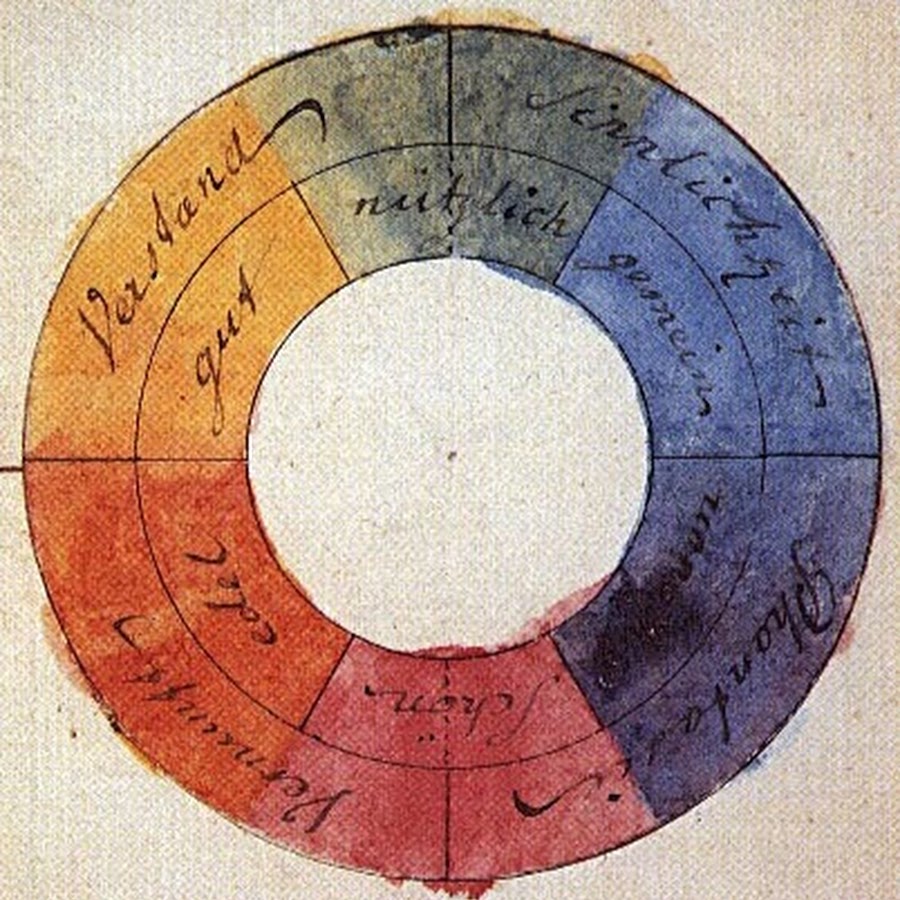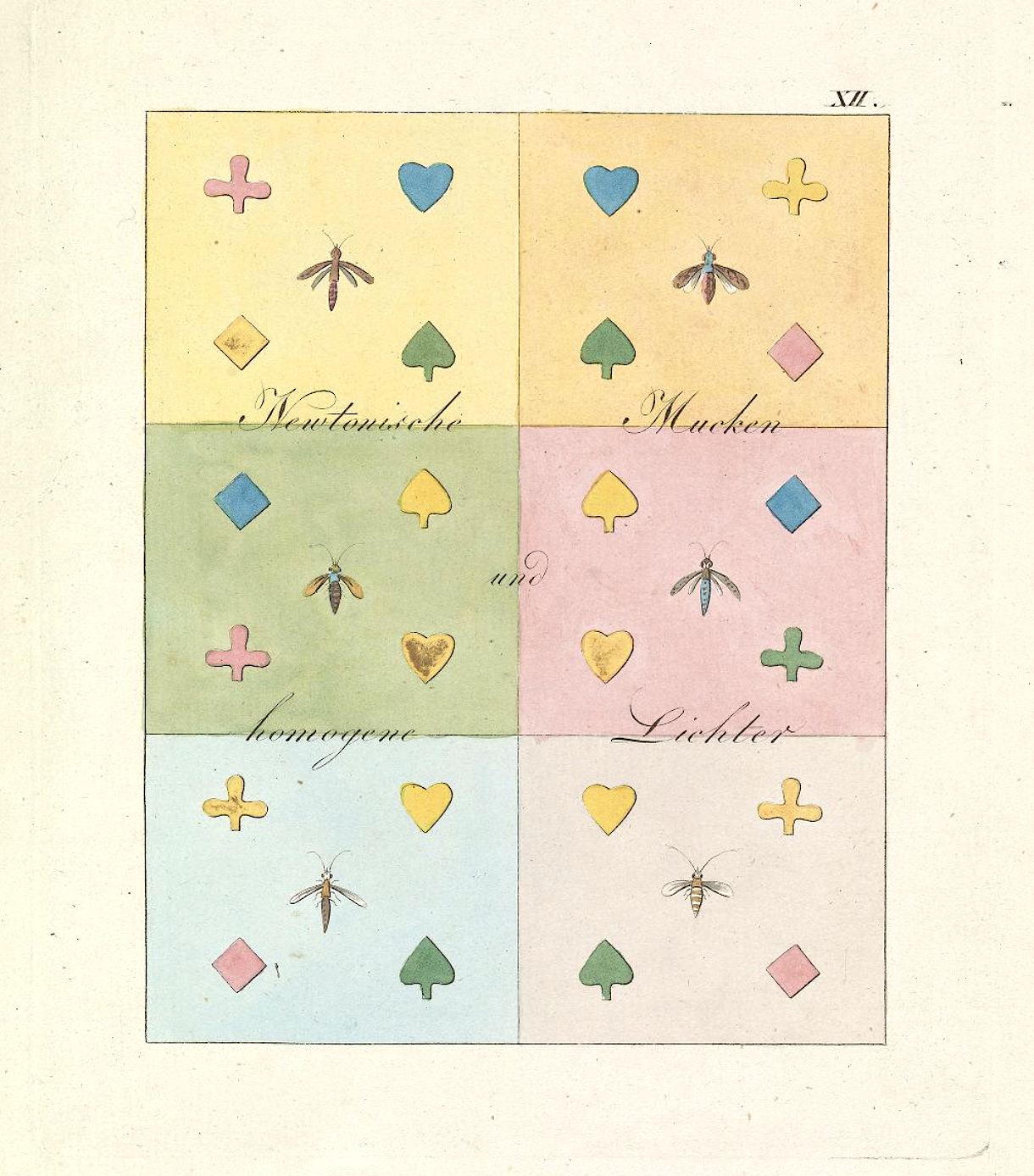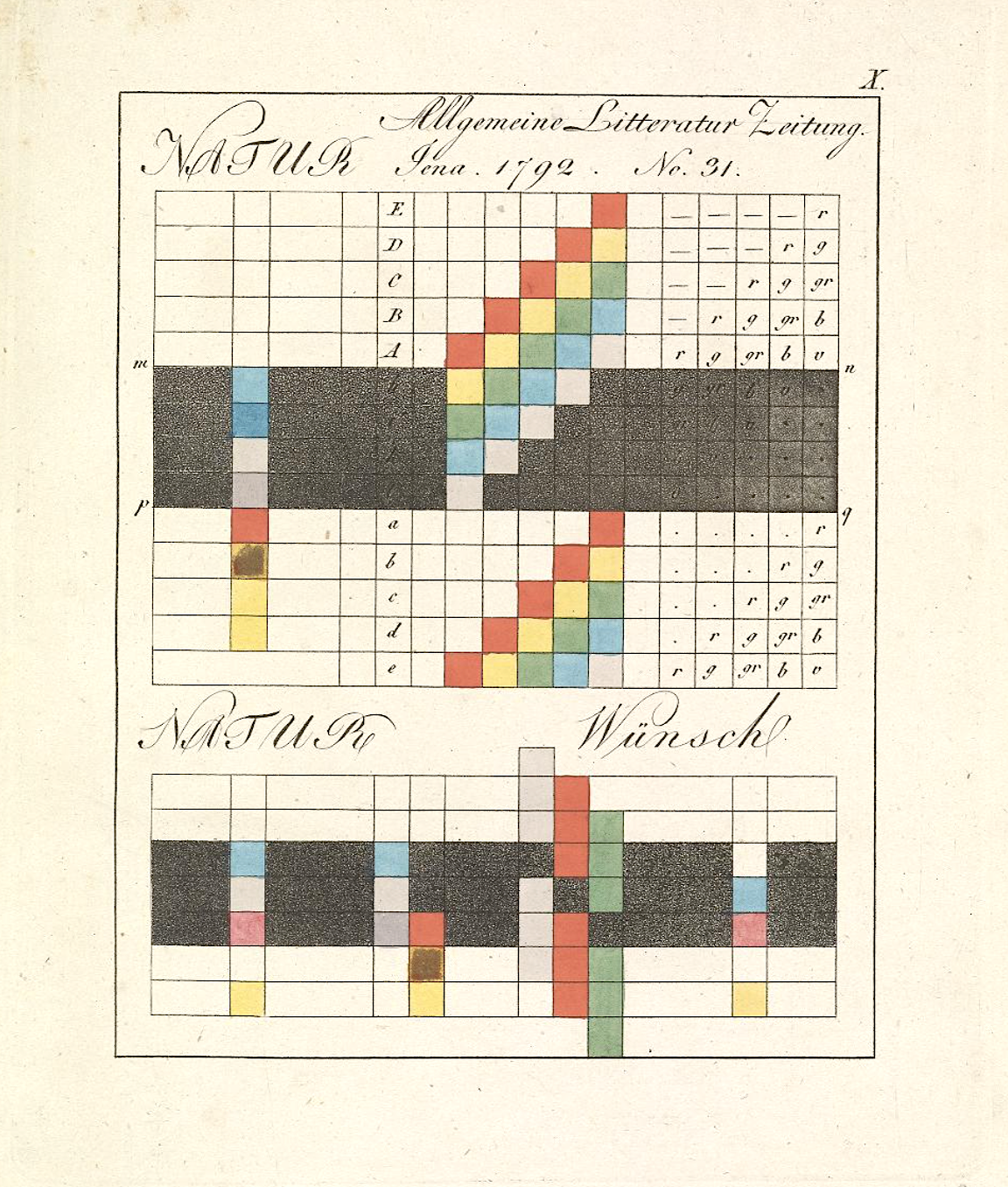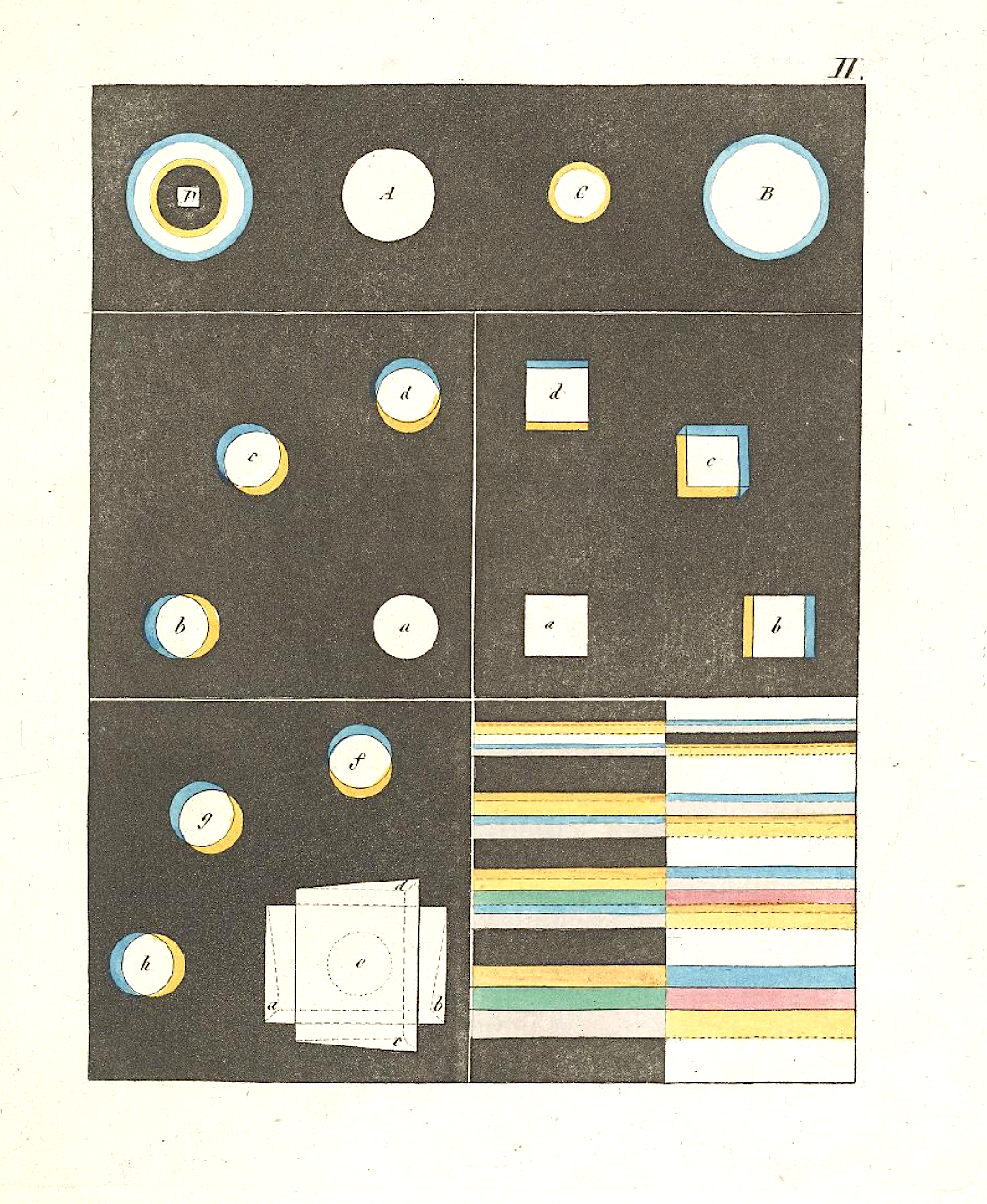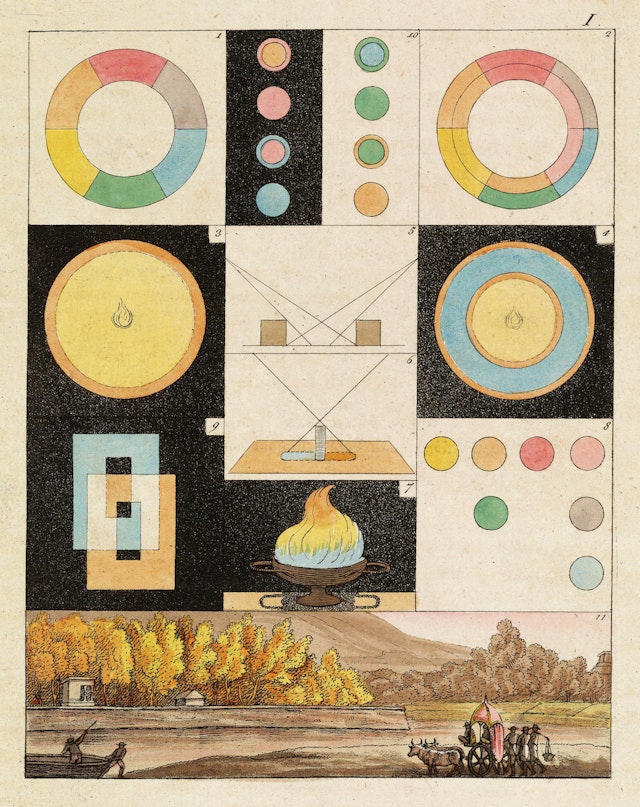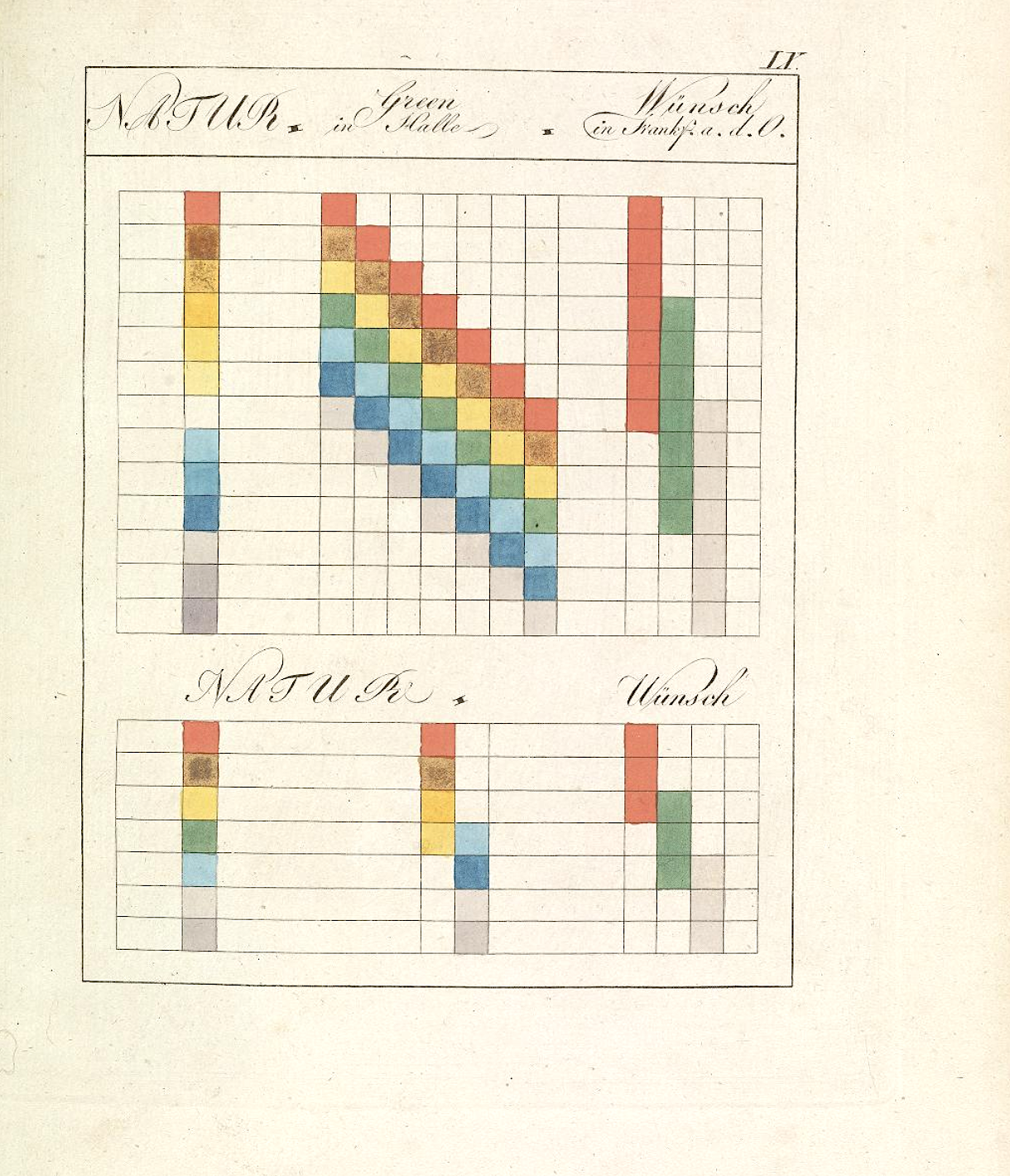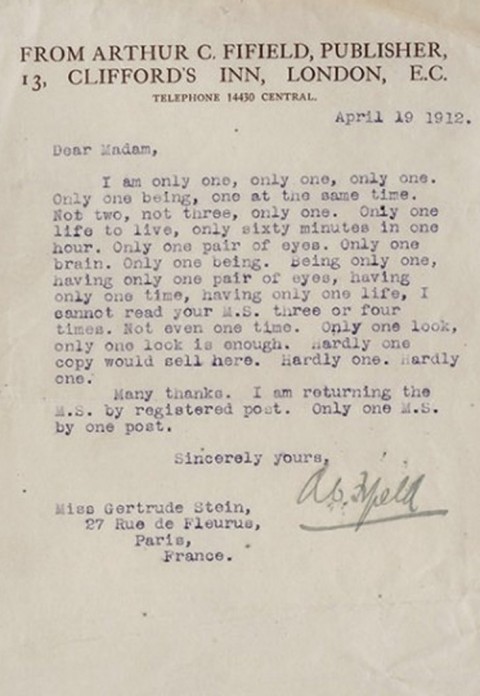If you suspect that your brain isn’t quite suited for modern life, you’re not alone. In fact, that state of mind has probably been closer to the rule than the exception throughout modernity itself. It’s just that the mix of things we have to think about keeps changing: “The school run. Work calls. Inflation. Remember your lines,” says BBC science reporter Melissa Hogenboom in the video above. “Our brain never evolved for any of this, and yet here we are, getting on with it as best we can, and it’s all thanks to our brain’s incredible capacity to adapt, to learn, to grow” — the very subject she investigates in this series, Brain Hacks.
In search of neuroscientifically sound “hacks to help strengthen crucial connections and keep our minds younger in the process,” Hogenboom put herself through a “a six-week brain-altering course.” The first segment of the series finds her entering into a meditation program she describes in this article: “For 30 minutes a day, either as one single session or two 15-minute sessions, I practiced a guided mindfulness meditation by listening to a recording.” In addition, she had a weekly session with University of Surrey professor of clinical psychology Thorsten Barnhofer, who also appears in the video.
Can meditation, and the oft-discussed “mindfulness” it emphasizes, keep our minds from wandering away from what we really need to think about? “Mind-wandering is something that, of course, might be helpful in many ways,” says Barnhofer, “but it’s also something that can go awry. This is where repetitive thinking comes in, where ruminative thinking comes in, where worry comes in. Those are the factors which increase stress,” increasing the presence of hormones like cortisol. And “if levels of cortisol remain high, that can actually become toxic for your brain, for regions of your brain which are very plastic.” Stress, as Hogenboom sums it up, “is a direct inhibitor of neuroplasticity.”
“Research has found that after only a few months of mindfulness training, certain depression and anxiety symptoms can ease,” Hogenboom writes, and her own experience seems also to point in that direction. A brain scan performed after her meditation course found that “one half of my amygdala – an almond-shaped structure important for emotional processing – had reduced in volume,” possibly because the practice “buffers stress seen in the amygdala.” It also revealed growth in her cingulate cortex, “part of the limbic system that is involved in our behavioral and emotional responses,” which indicates “increased control of that area.” Hogenboom acknowledges that these changes “could also be random,” since “the brain is constantly changing anyway”; the trick, however and whenever possible, is to nudge it toward change for the better.
Bonus: Below, science journalist Daniel Goleman talks about mindfulness and how you can change your brain in 10 minutes with daily meditation.
Related Content:
Meditation 101: A Short, Animated Beginner’s Guide
How Meditation Can Change Your Brain: The Neuroscience of Buddhist Practice
How Yoga Changes the Brain and May Guard Against Alzheimer’s and Dementia
5 Ways to Build an Alzheimer’s‑Resistant Brain: Neuroscientist Lisa Genova Explains
Based in Seoul, Colin Marshall writes and broadcasts on cities, language, and culture. His projects include the Substack newsletter Books on Cities, the book The Stateless City: a Walk through 21st-Century Los Angeles and the video series The City in Cinema. Follow him on Twitter at @colinmarshall or on Facebook.
